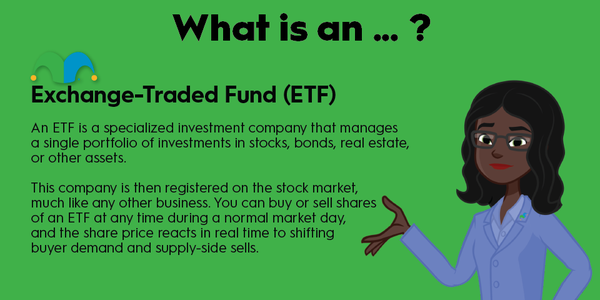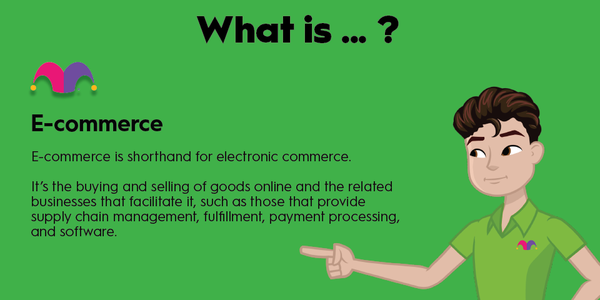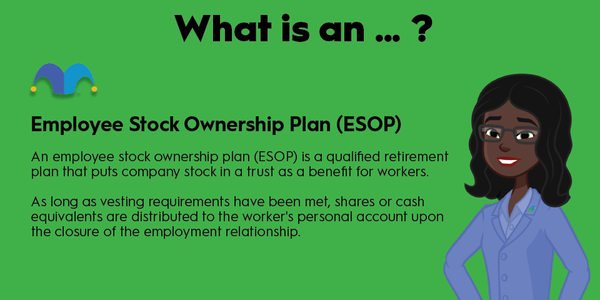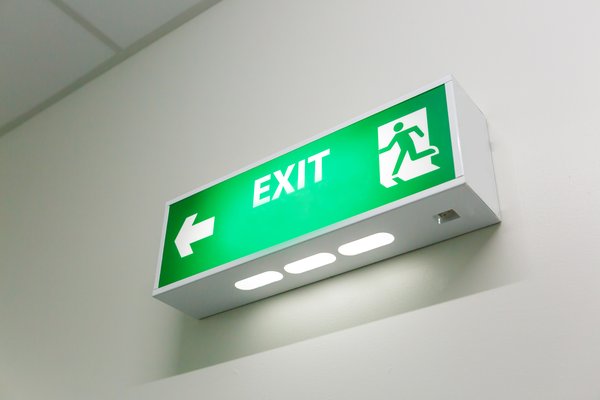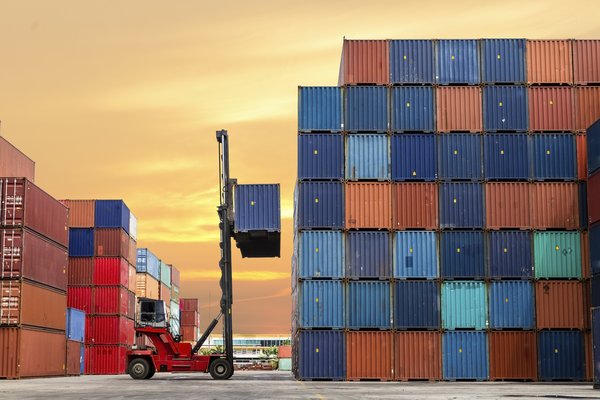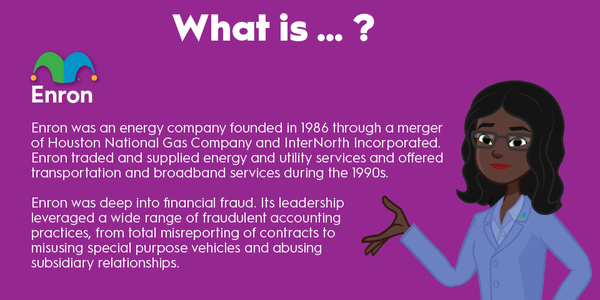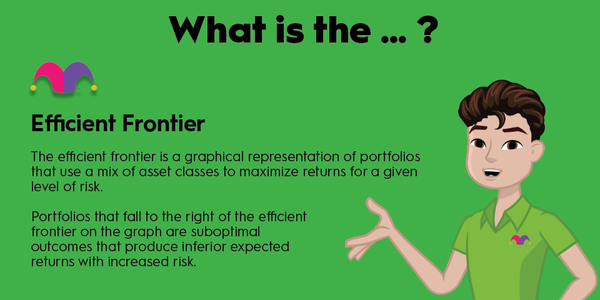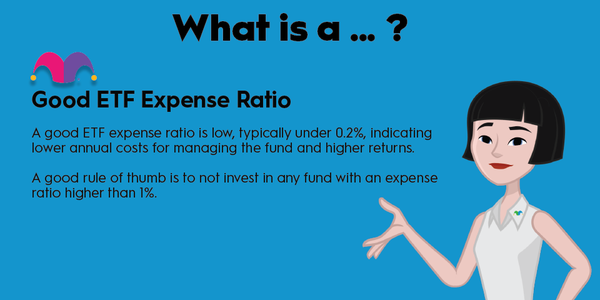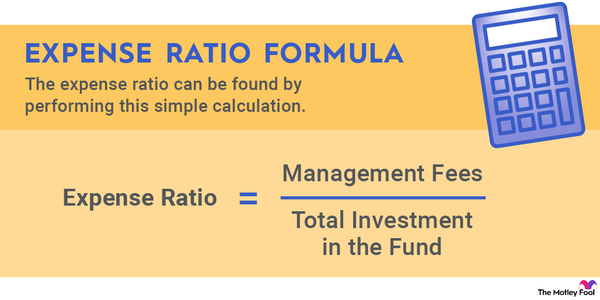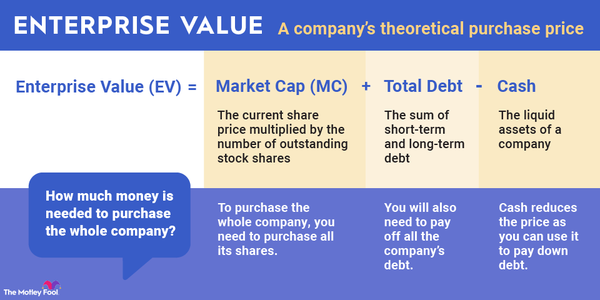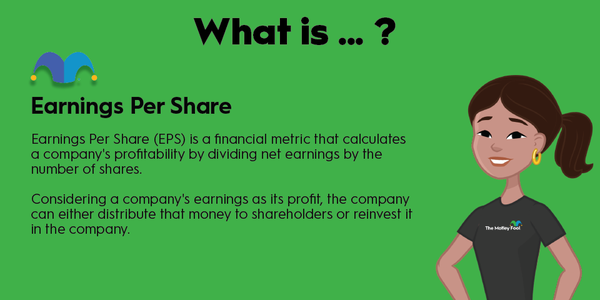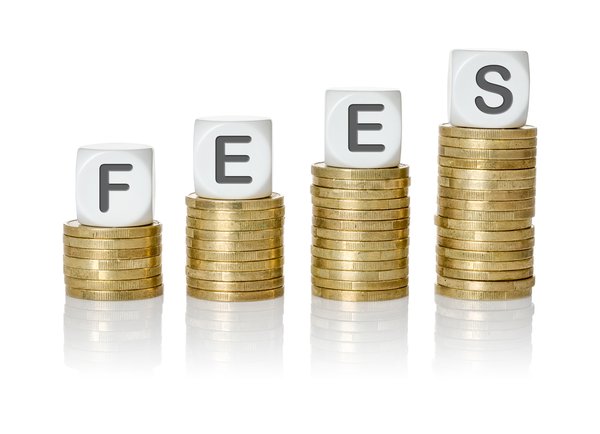Emerging markets are often full of terrific investing ideas. These countries are in a Goldilocks zone between risky low-income economies and the mature, plateaued growth of advanced financial systems. An emerging market economy is characterized by a developing infrastructure, modernized financial systems, and increasing integration into the global market.
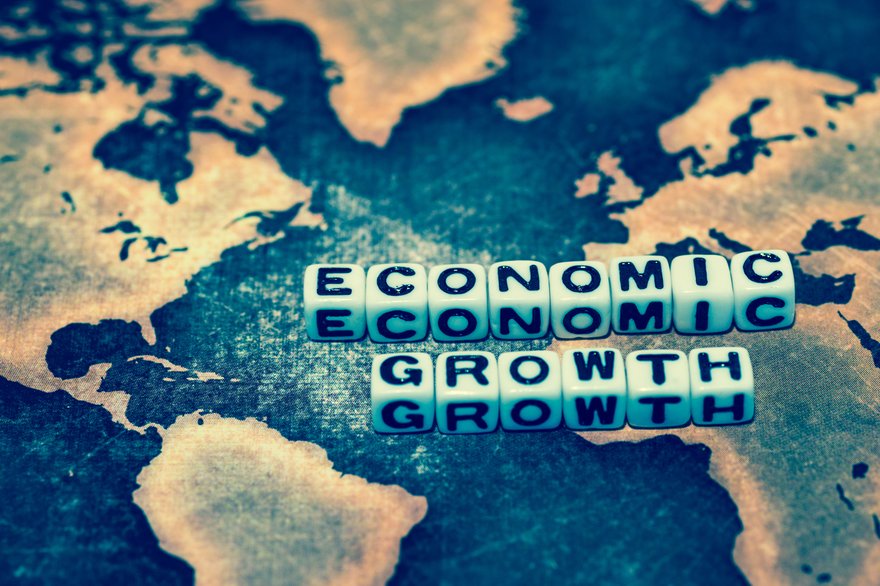
Making sense of it
Making sense of the emerging market economy
An emerging market economy (EME) sits between developing and highly developed economies. Their rapid growth and rising industrialization are often counterbalanced by economic inequality and a certain degree of instability. They are not quite on par with advanced economies, like the U.S., France, or Japan, but have taken a few solid steps ahead of less developed nations, like Chad, Laos, or Haiti.
Emerging economies often come with enticing growth prospects, and they have made substantial strides in infrastructure, manufacturing, and service sector capabilities. The improvements are usually decades in the making, although the tipping point that leads to a higher level of functioning may look abrupt from the outside.
Some of the heavy hitters in this league include massive economies like Brazil, Russia, India, China -- often collectively referred to as the BRIC bloc -- and Mexico. Further, in 2023, the International Monetary Fund counts Saudi Arabia, Nigeria, and South Africa among these fast-growing emerging market economies.
What's the big idea?
What's the big idea?
Put simply, you can think of emerging market economies as garage bands that have just inked their first major record deal. Overflowing with talent and potential, they might be on the cusp of global stardom. There's still plenty of work to do, but things are getting better -- fast.
As an investor, these markets offer a unique blend of risk and reward. While they tend to be more volatile than developed markets, the potential for significant returns can be enticing. For context, advanced economies saw an average increase of 2.7% in their gross domestic product (GDP) in 2022, while India's GDP rose by 7.2%, and Saudi Arabia saw an 8.7% increase.
You don't want to miss out on that high-octane growth. At the same time, these countries often face internal strife and political instability as local leaders and entrepreneurs attempt to capture large slices of the growing opportunity. So you must balance the risks and rewards of putting your money to work in emerging market economies.
Moreover, investing in emerging markets can be a great tool for diversifying your investment portfolio. Often, these economies respond differently to global economic events than developed markets, which can provide a buffer during times of financial turbulence in more established economies.
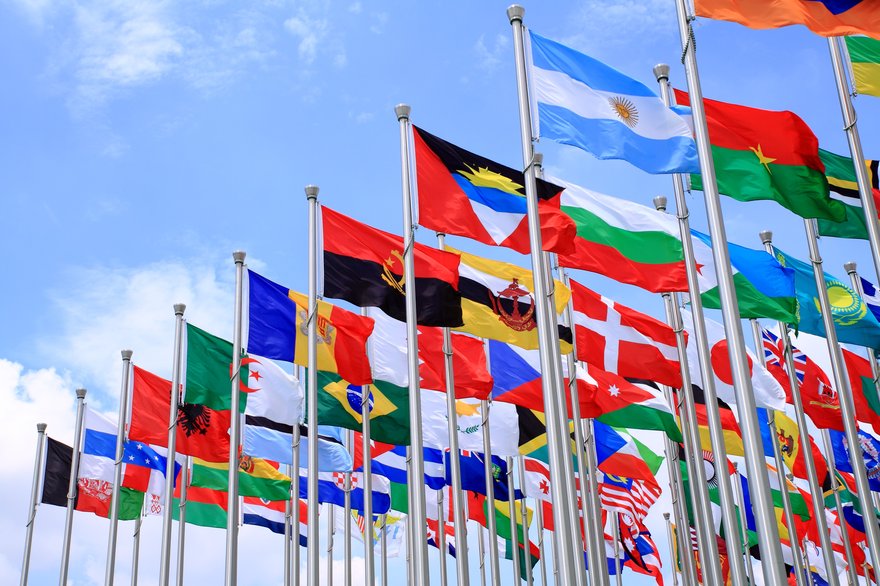
Your move, investor
Your move, investor
Now you know what an emerging market economy is and how it differs from fully mature world economies. But how can that knowledge help you, a U.S. investor?
Well, if you're feeling adventurous and willing to tolerate some risk in exchange for potentially higher returns, you can actually make direct investments in many of these markets -- right from your all-American brokerage account.
In some cases, the largest and most successful businesses in your target market also have shares available on U.S. stock exchanges. Many of these tickers will be found on the pink sheets or over-the-counter (OTC) markets, with a handful moving up to the full-featured Nasdaq market and New York Stock Exchange (NYSE).
With or without these superstars, markets advanced enough to classify as emerging economies can be reached through country-specific exchange-traded funds (ETFs). Here, the fund manager manages a portfolio of local stocks reflecting the overall performance of a certain market. In your portfolio, this country-targeting investment behaves like a single stock.
And, of course, you could always look for true-blue American companies with exposure to high-growth emerging market economies. For instance, some of Netflix's (NFLX -0.63%) fastest-growing subscriber markets are found in Latin America and Africa -- home to the emerging market economies of Brazil, Mexico, South Africa, and Nigeria -- allowing you to dip a careful toe in the emerging market waters.
Example
Example: Tapping into India's emerging economy
For those looking to spice up their portfolios with a dash of Indian flair and capitalize on the vigorous economic stride of the world's most populous nation, there's good news.
First, there's no need to wade into the murky waters of risky OTC stocks. A quintet of Indian juggernauts, each boasting market caps north of $10 billion as of summer 2023, have made their home on the NYSE. Enter titans like:
- Global banking behemoth HDFC Bank (HDB 0.02%)
- Pharmaceutical maestro Dr. Reddy's Laboratories (RDY 0.72%)
- Tech luminary Infosys (INFY -0.41%), with its deep roots in consulting and outsourcing
Given their NYSE listings, these firms adhere to the stringent financial reporting standards of the exchange. If you're versed in their specific market sectors and understand their business mechanics, dipping your toes into India's burgeoning market becomes as seamless as investing in a homegrown American stock.
Related investing topics
Next, dozens of ETFs offer another avenue, shadowing the Mumbai-based National Stock Exchange. The Franklin Templeton FTSE India ETF (FLIN -0.03%) is a great example, mirroring the movements of the FTSE India Capped market index, with a modest 0.19% net expense ratio. Given India's corporate landscape, it's hardly surprising to find the fund tilting heavily toward the financial and information technology sectors.
Finally, zooming out to look at U.S. entities seeking a fortune in the Indian market, the limelight easily shifts to entertainment. Remember Walt Disney's (DIS -0.04%) blockbuster acquisition of the 21st Century Fox media colossus in 2019? Well, that $71 billion handshake also handed them the reins of Hotstar, India's premier video-streaming titan.
Meanwhile, the likes of Amazon (AMZN 3.43%) Prime and Netflix are vying for a slice of the same enormous space. A decisive win here could translate into a significant ripple in the winner's financial results.
